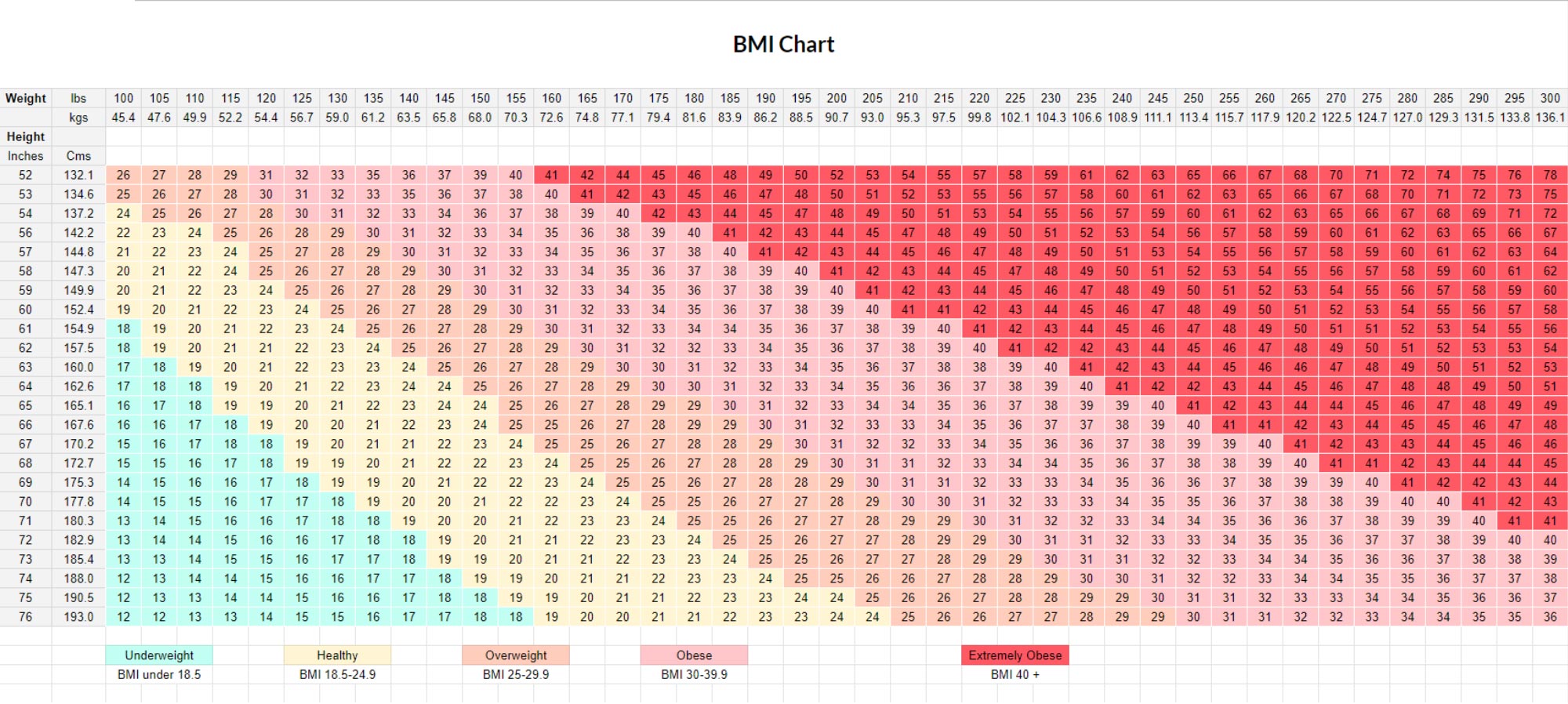Trackers & Calculators
Our ovulation calculator helps you to work out when you will next be ovulating, it does this by using the first day of your last period and the average length of your cycle (that’s the time from the day your last period started until the day before your next period started). Of course you can manually work this out, but it is just easier with this tool 🙂
What is Ovulation?
Ovulation is part of your menstrual cycle. When your body ovulates, an egg is released from one of your ovaries and moves along a fallopian tube towards your uterus, ready to be fertilised.
Ovulation in most women usually happens once each month, in between their periods. Ovulation can last from 16 to 32 hours. However, ovulation does not happen if you are on the contraceptive pill or pregnant or postmenopausal.
Why do I need to Know When I am ovulating?
The time around ovulation is your body’s most fertile time if you are trying to get pregnant. This is the time when you want to do the baby dance/get jiggy with it/have sex 🙂
It is possible to get pregnant in the five days before ovulation and on the day of ovulation, but it’s more likely in the three days leading up to and including ovulation. Once your egg has been released, it will survive up to 24 hours in your uterus. Sperm can survive for up to five days in your uterus (hence why you can get pregnant from sex five days before ovulation). If one lucky sperm reaches your egg and fertilises it during this time, you may become pregnant.
Ovulation TICK, Baby Dance TICK. When can I do a Pregnancy test?
With the Hoopsy midstream Eco Pregnancy Test, you can test up to five days before your period is due, so say your period is due on 10th you could test on 5th, BUT as with all pregnancy tests they are most accurate on the day your period is due or the day before. I know it is hard to wait, but if you can that is when you are going to get the most accurate result!
Is the Ovulation Calculator Accurate?
The ovulation calculator works on averages, and obviously, every woman is slightly different. To know with 100% certainty when you are ovulating, the best thing is to take your temperature daily and record it on our free downloadable fertility tracker sheets (see one of the tabs on this page). When you record your temperature daily, you will see that it goes up slightly when you are ovulating.
To calculate your BMI, enter your height and weight below and then check it on the chart below. Doctors recommend that for pregnancy you are in the normal range of 18.5 to 24.9. If you are finding the chart hard to see you can view the PDF version here.

Going on your fertility journey is hard enough as it is, let alone all the drugs you have to take, then there is keeping track of it all. To help make your life easier we have created 3 free fertility trackers for you.
Ovulation Tracker
If you are trying to work out when you are ovulating each month by taking your temperature each morning this is the tracker for you. Just plot your temperature on the chart to see when it peaks and therefore when your most fertile time is.
Medication Tracker for Egg retrieval
Undergoing the egg retrieval process usually means that you have a cocktail of drugs to take in the lead up to the collection. I know that I found it hard to work out what dosage on which days, hence this tracker.
Medication Tracker for Embryo transfer
You have got your 3 or 5 day embryos, now you need to get your body ready for the transfer. Depending on your situation you will have progesterone, estrogen, aspirin, clexane and more to take and keeping track can be hard hence the tracker.

